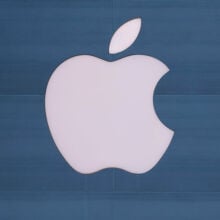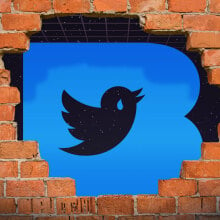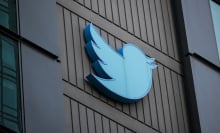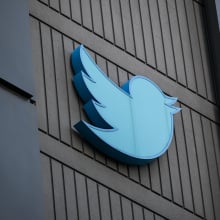We’ve all been there before — knee-deep in packaging materials after unboxing a new electronic gadget. Cardboard, vacuum-formed plastic, and mountains of styrofoam seem to be the norm. While these materials are essential for protecting expensive and fragile products, the excess waste generated from them is a major concern for the planet. Packages shipped globally have reached nearly double their pre-pandemic levels, to nearly 205 billion(opens in a new tab) anticipated in 2024. This massive growth has made the packaging waste crisis even more dire since waste materials have an immediate cataclysmic impact on the planet’s ecosystems.
Studies have shown that flexible plastics, like plastic bags, are responsible for the highest number of deaths among ocean animals(opens in a new tab). More plastic waste has an immediate impact on the world’s oceans, and directly affects our lives, too. This means we urgently need to find more sustainable ways to manage waste and reduce its impact on the environment.
With this goal in mind, HP is leading an important shift in how consumer and electronic goods are packaged, by ensuring materials and methods tie back to circularity. At its core, the principle is pretty straightforward: think of a circle. Rather than creating materials intended for a one-time purpose, resources are utilized to promote reuse and recycling, giving them new life. With circularity, sustainability is not just a concept, but a practical and transformative approach to preserving our planet’s natural resources.
Kicking circularity into motion
Circularity poses a unique challenge for packaging materials, especially for consumer electronics. “One of the primary purposes of packaging is to protect a product as it travels from the factory to our customer,” said Jon Hagen, Sustainability Product Manager for HP Inc. “Plastic packaging is effective at protecting against abrasions and scratches, so a top challenge is looking for more sustainable alternatives that are as effective while also minimizing the cost impact.”
That’s why circularity begins with design and ideation. For example, in its journey to your front door, a matte mouse needs less protection from abrasion than a glossy one, requiring less packaging. And sustainable changes can be made without sacrificing branding or design. By designing their packaging with more environmentally friendly water-based ink, HP created more readily recyclable packaging that still looks sleek. These tweaks may sound small, but they all add up to a more sustainable consumer experience.
Building a best-in-class unboxing experience
When packaging is anchored in circularity, customers don’t have a “what do I do with this?” moment as they dig through a huge box full of packing peanuts for a small product nestled inside. By primarily using clearly-marked recyclable materials(opens in a new tab), along with single-use materials made of compost-friendly components such as recycled fiber, cotton, rice husks, or bamboo, tech retailers can be as innovative in their packaging as they are with their products.
HP sets an example in this regard, committing to reduce single-use plastic packaging by 75 percent by 2025(opens in a new tab) compared to levels in 2018. By 2021, they were more than halfway to that goal.
Tossing used electronic boxes into recycling bins feels good. But what about a printer or desktop that’s reaching the end of its life? HP offers clear guidelines and opportunities(opens in a new tab) to recycle these components, instead of tossing them in the trash. For example, through HP’s Planet Partners program, the company has recycled over 1 billion ink cartridges(opens in a new tab) and has systems in place to recover and reuse products at the end of service. These recycled cartridges are combined with other plastic waste, such as billions of ocean-bound plastic bottles and clothing hangers, to create new HP products like ink cartridges, laptops, displays, and printers.
Widening the circle
So how was HP able to make this shift? In part thanks to 3D printing(opens in a new tab). In the absence of cost-effective sustainable packaging options, the company leveraged their 3D printing business to create better tools for molded fiber and pulp manufacturers. This allowed suppliers to create the type of packaging materials HP — and many large companies — needed. HP now brings that solution to other businesses in an effort to scale more sustainable packaging options across industries.
Circularity is a partnership, where suppliers, producers, and consumers play an integral role. This interconnectedness reminds us of our own commitment to the one planet where we all live, breathe, explore, and innovate. Because building a more sustainable future doesn’t come from a one-day initiative or one major shift in production practices. It comes from the tiny tweaks and everyday choices that add up to lasting, impactful change — for us and the planet.




















